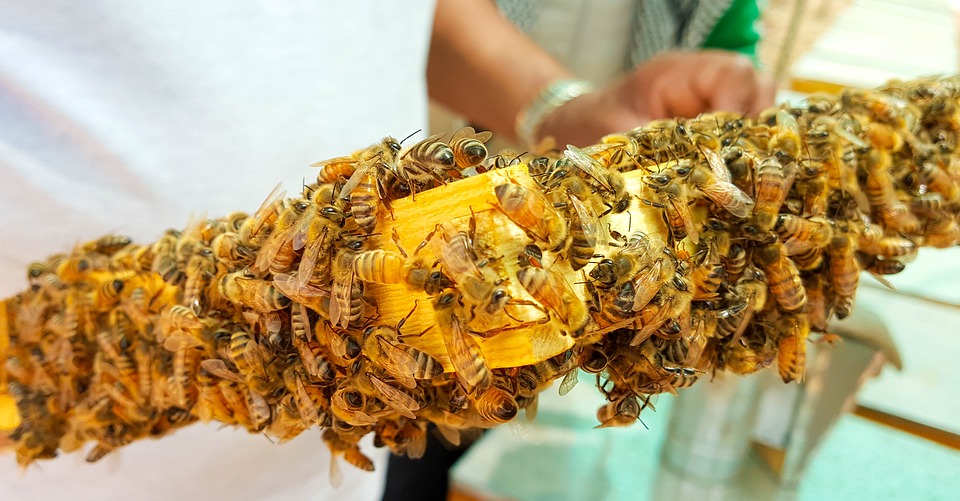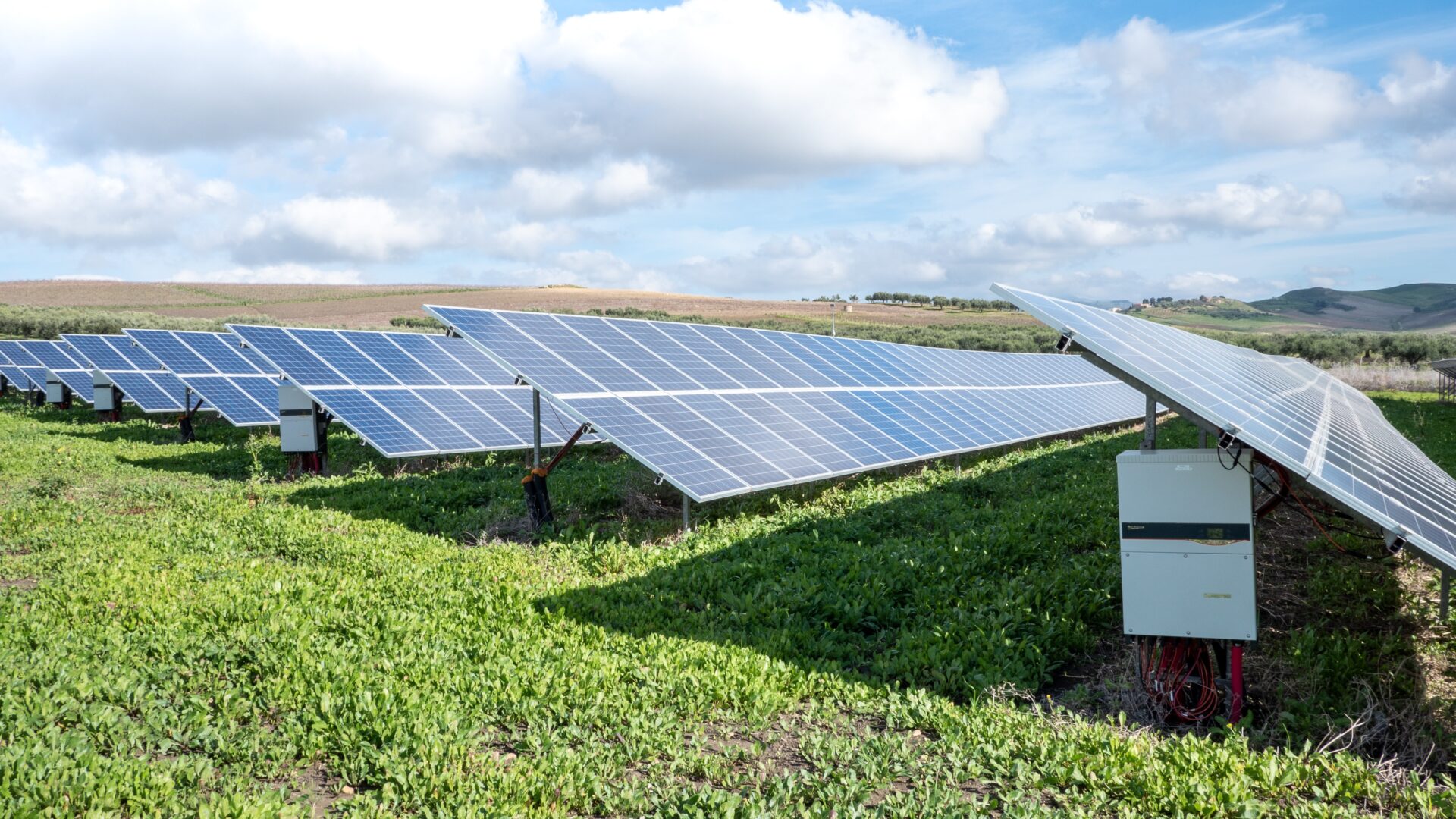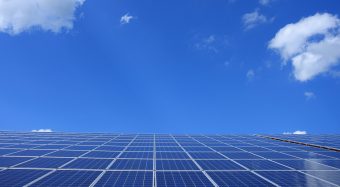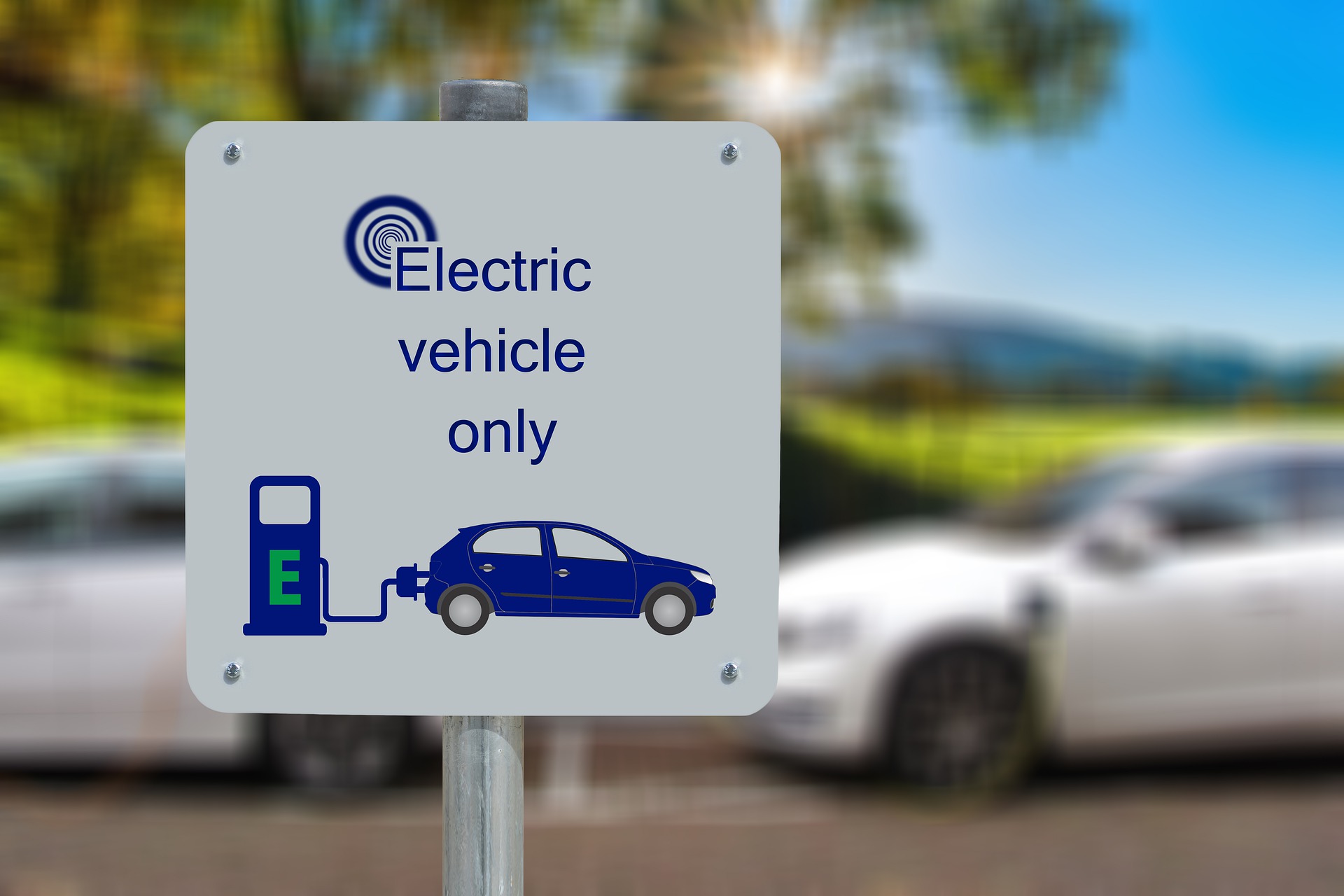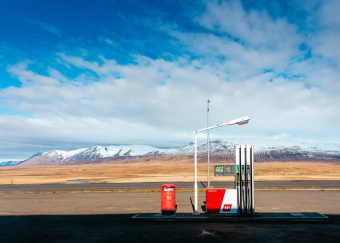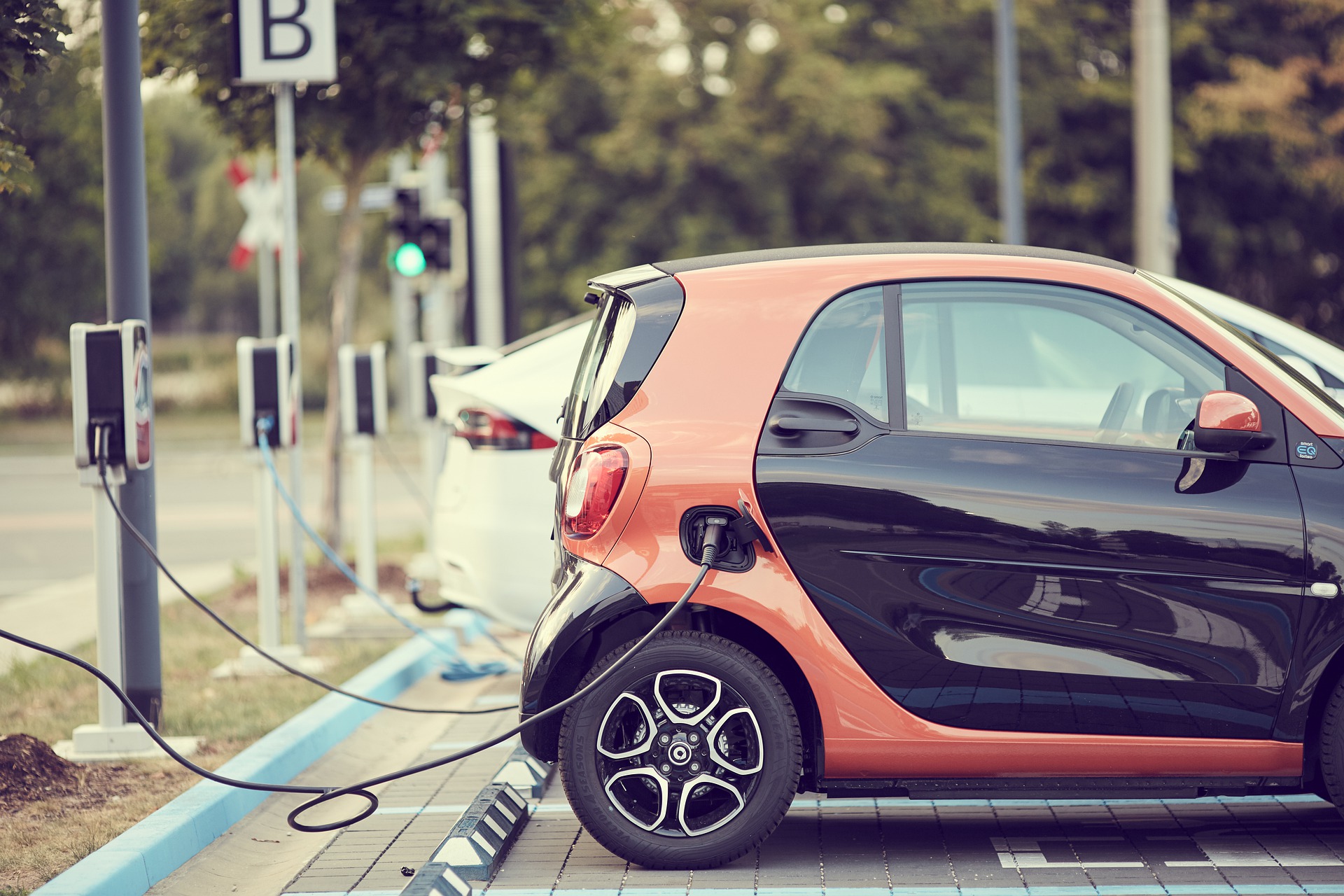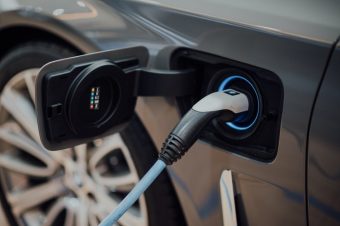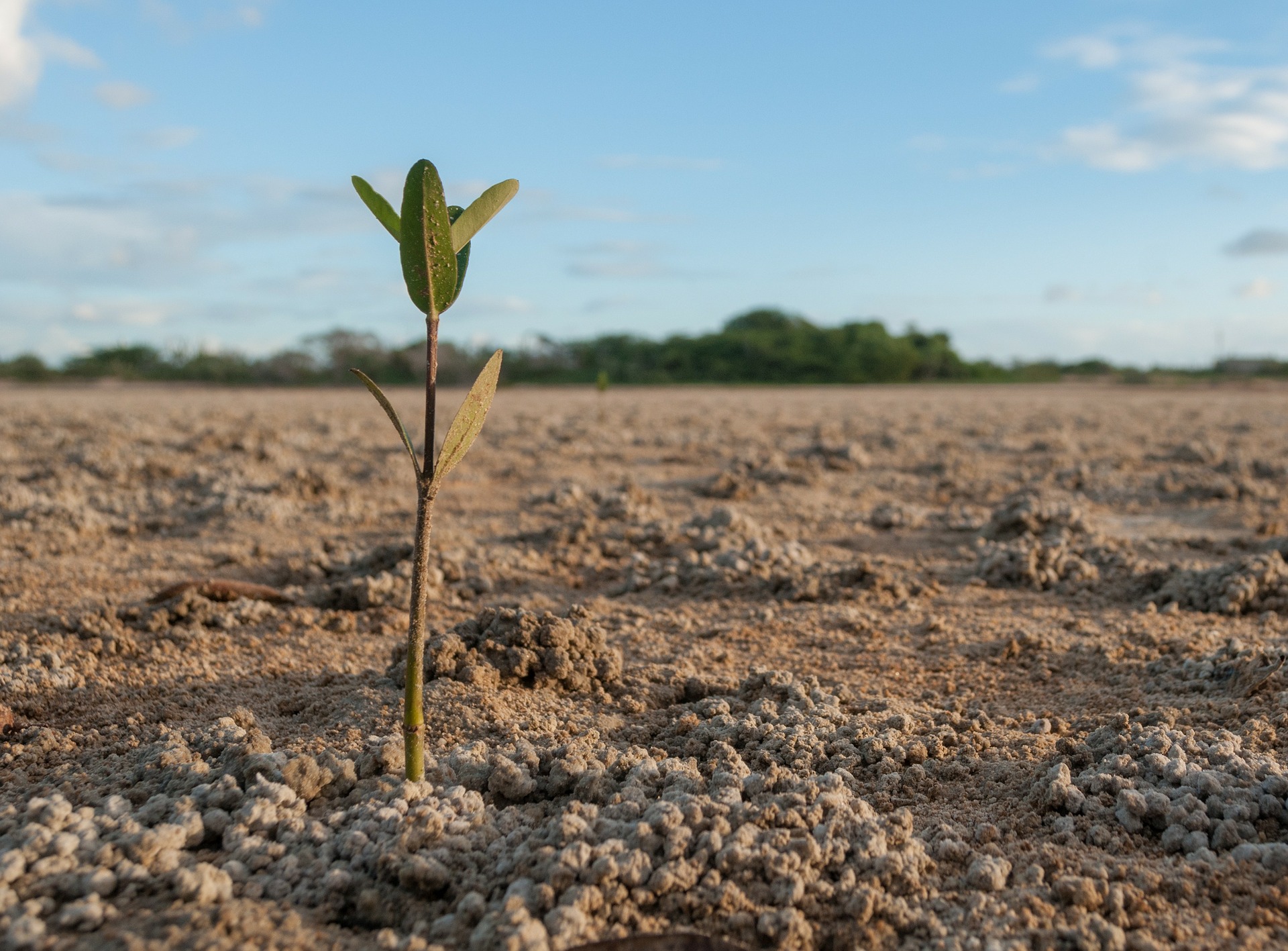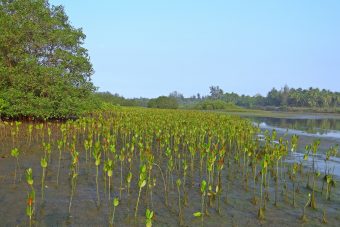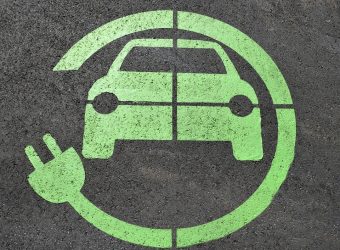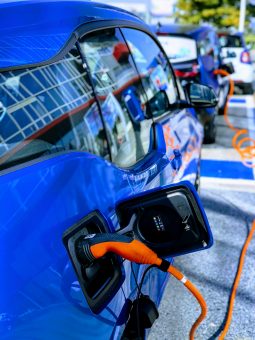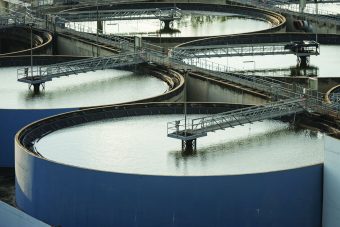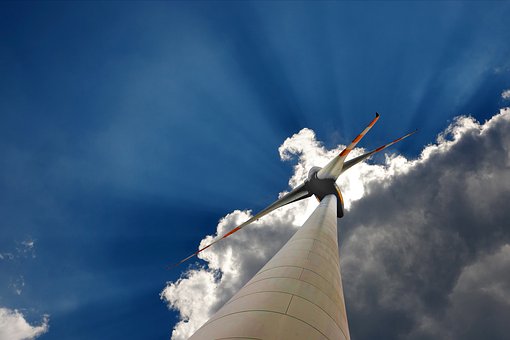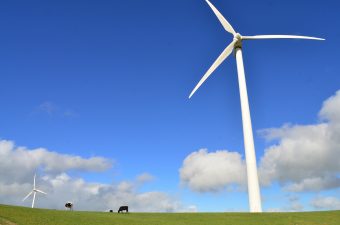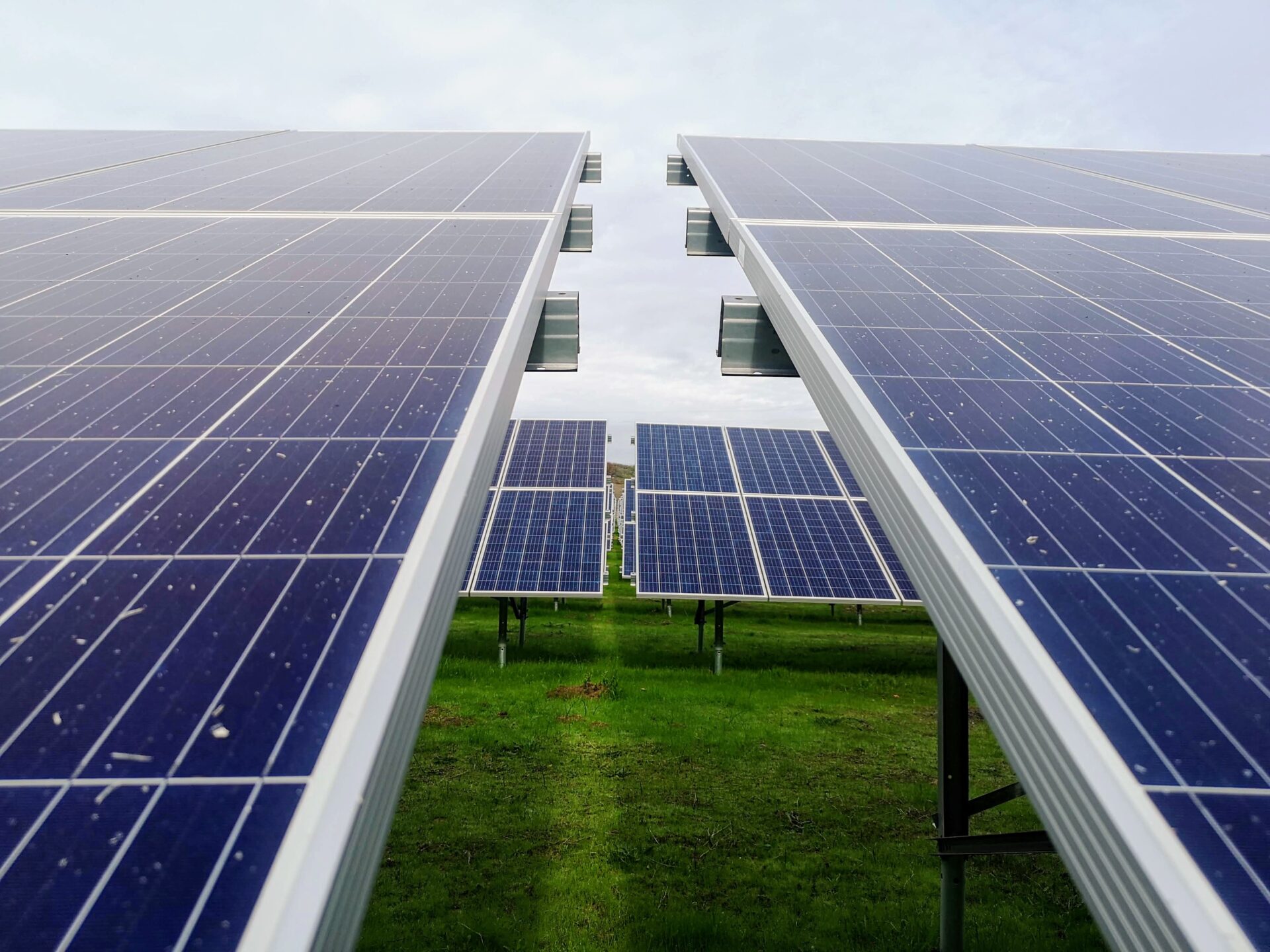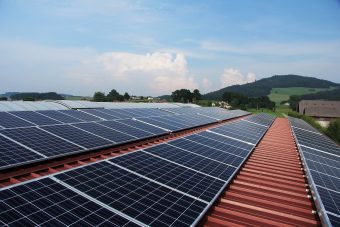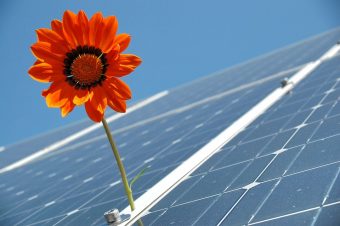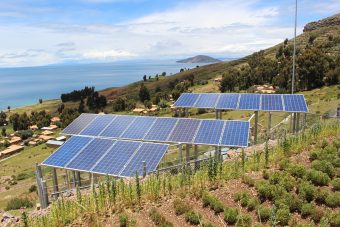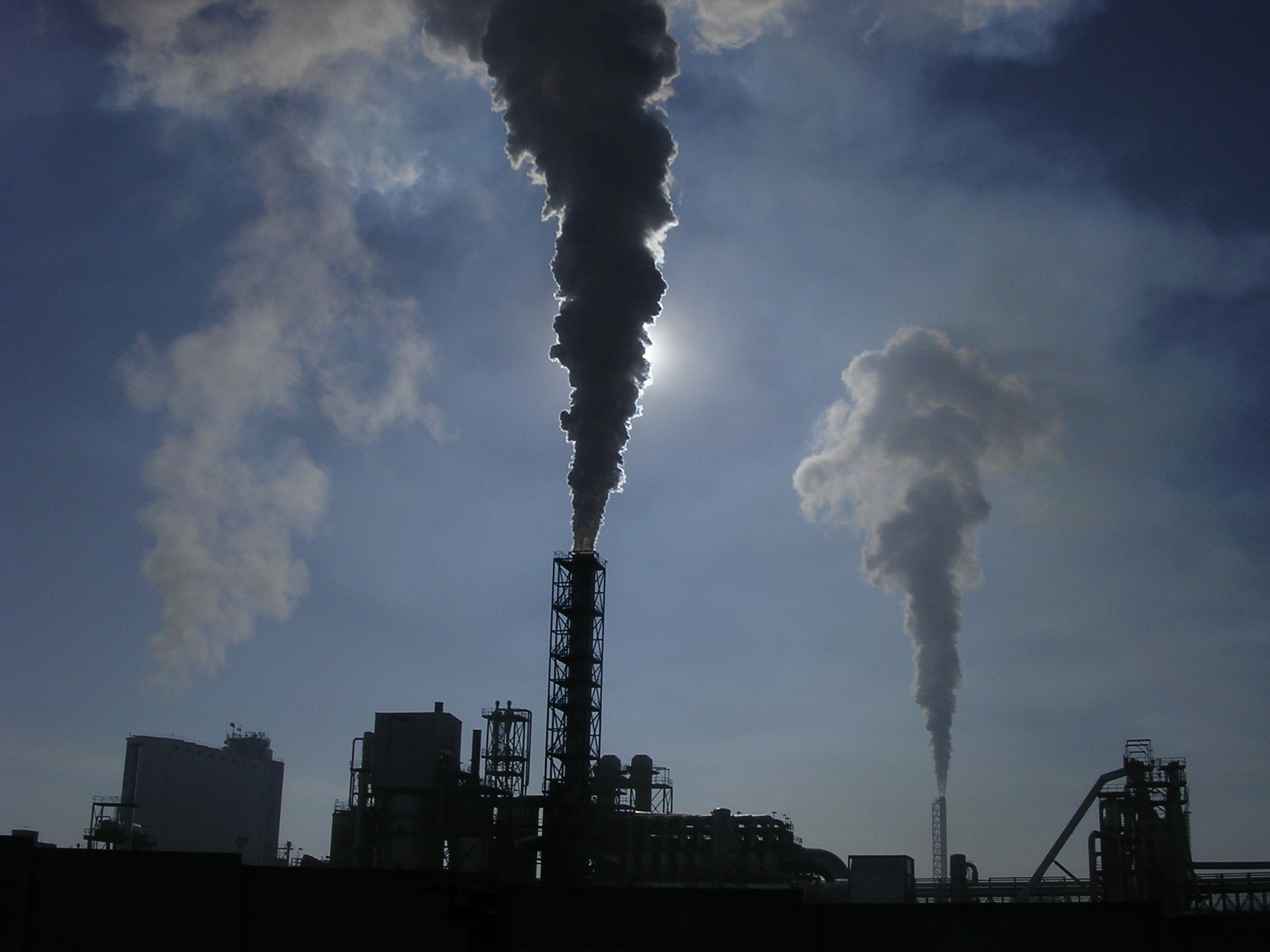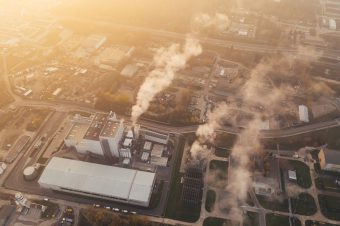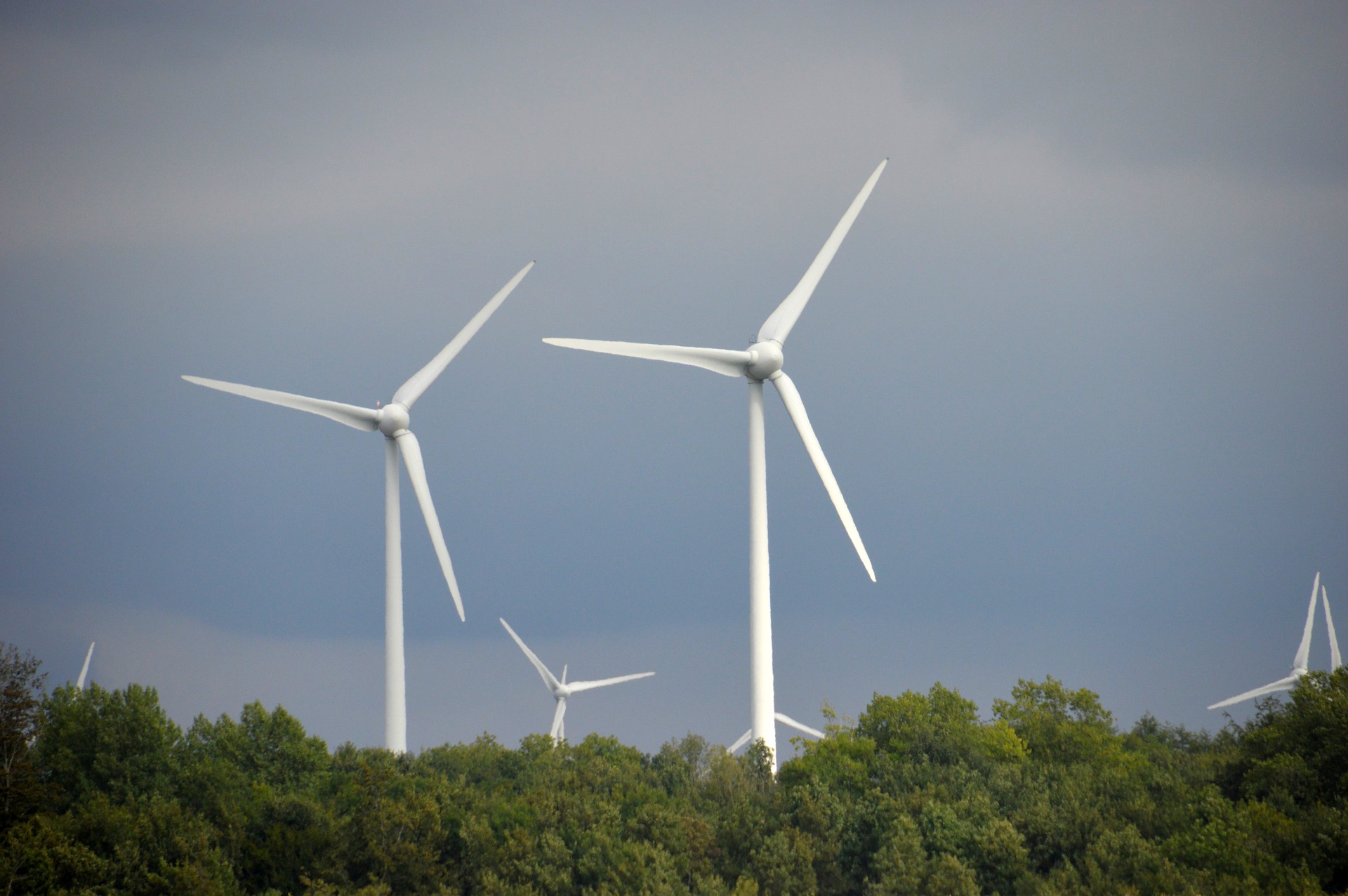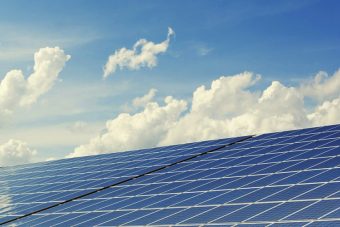
Bees and other pollinators are increasingly under threat from human activities. To raise awareness of the importance of pollinators and their contribution to sustainable development, the UN marks May 20 as World Bee Day. This year, the United Nations Environment Programme (UNEP) examines how a decades-old legacy of DDT use has imperilled Tajikistan’s bees and the actions being taken to reverse this trend.
From the 1970s to the early 1990s, Daria Babenkova’s family was one of many in Tajikistan who relied on bees for their livelihood – shipping their hives across the country’s mountains and prairies as they sought out the flower meadows that would yield the finest honey.
“Relying solely on honey production did not guarantee a secure income so my family began taking on pollination jobs as they travelled,” Daria says. “Farmers would pay them to camp around their fields for a few days at a time so the bees would pollinate their crops.”
But the family’s new addition to their business soon revealed a hidden cost, as bees from one colony after another began to die off after visiting new farms.
“Although the farmers tried assuring my grandfather that they didn’t use dangerous chemicals on their fields, the legacy of more than two decades of DDT use had left a very evident imprint on the local environment,” Daria, now a United Nations Volunteer supporting UNEP’s Chemicals & Waste team, says.
More:
Catch-all, kill all
A broad-spectrum pesticide that gained popularity following World War Two, DDT kills both malicious pests and more benign organisms alike, including bees – the primary pollinators for a multitude of plant species.

Pollination is critical for the earth’s ecosystems. UN research has found that nearly 90 percent of wild flowering plant species depend on animal pollination, along with more than 75 percent of food crops. Not only do pollinators contribute to food security, but they are also key to conserving biodiversity.
While DDT’s wide-ranging effects and long-term toxicity led to it being banned for agricultural uses worldwide under the 2001 Stockholm Convention on Persistent Organic Pollutants, the pesticide continues to live on in soil and storehouses around the globe.
In Tajikistan, while the former Soviet Union government issued a nominal ban on DDT in 1970, enforcement was minimal, with production and use continuing into the 90s. It wouldn’t be until 1991 that the government would formally ban DDT, disband the factories that produced it and begin to dispose of the remaining waste in specialized facilities.
“Issuing normative bans for the protection of the environment is ineffective in most cases and is also fraught with significant trade-offs in terms secure employment and livelihood for chemical producers and farmers,” Kevin Helps, UNEP’s Global Environment Facility (GEF) Chemicals and Waste Portfolio Manager says, citing the difficulties faced completely phasing out DDT use in many countries.
Roadmap to a DDT-free future
To help address the DDT issue globally, UNEP developed a “Road Map for the Development of Alternatives to DDT” in 2015, as prompted by the Stockholm Convention on Persistent Organic Pollutants. The Road Map was soon adopted by both UNEP Member States and other agencies working on chemicals and waste issues.

Today UNEP’s projects under the DDT Road Map are helping to navigate a sustainable transition away from DDT use in agriculture, rather than imposing abrupt bans that have caused so many complications in the past.
“We need to consider the broader economic consequences for the countries – like India – that rely on the production, use and export of these chemicals,” Kevin Helps says.
By employing a range of approaches, from prevention of unauthorized use to ensure the environmentally sound management of obsolete stocks, promoting safe DDT alternatives to, and promoting public awareness about the risks of DDT use, UNEP and partners are slowly paving the way to a DDT-free future.
One such GEF-supported project is currently being implemented in Central Asia – including in Tajikistan. The USD 15-million Demonstration of Non-thermal Treatment of DDT Wastes in Central Asia project is testing an innovative new non-combustion technology for the destruction of DDT and is expected to be used to safely dispose of the obsolete stockpiles that continue to affect the populations living next to these sites.
Daria Babenkova, for one, is glad to see an end in sight for DDT’s toxic legacy in her home country. While awareness of the risks of DDT use is growing, even today in Tajikistan, stockpiled DDT and stores “mined” from often poorly-secured disposal facilities continue to circulate on the black market, adding to the already significant residues in the nation’s environment.
“My family knows better than most how the impacts of DDT have spread far and wide across Tajikistan,” Daria says. “Progress is being made, but it will take a combined effort from government, international agencies and non-profit initiatives to finally end DDT use and restore the health of our country’s ecosystems.”
Source: UNEP


